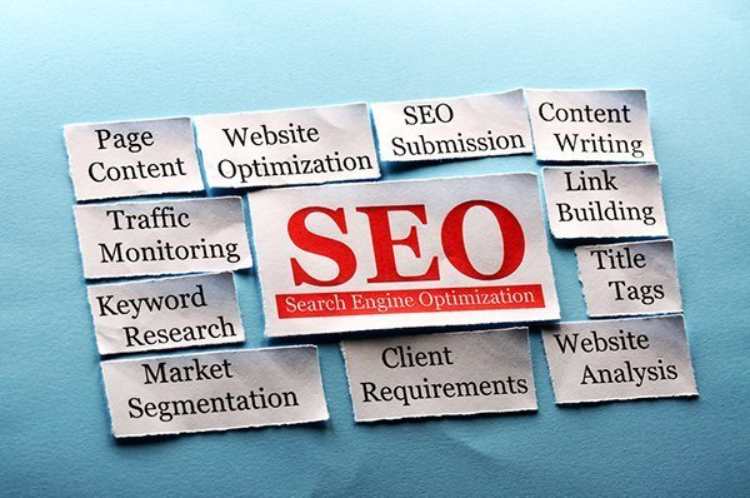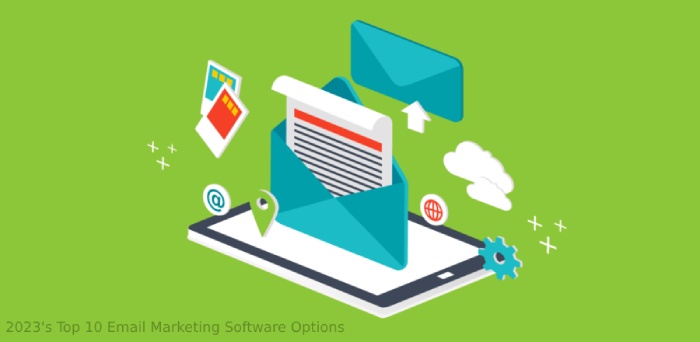One of the biggest errors business owners make when trying to raise their search ranks is failing to recognize that toxic links can positively or negatively impact their website’s search engine optimization (SEO) rating. Every time you link to another website, whether from your homepage, your footer, or one of your blogs, you’re building up your link profile.
Backlinks from websites are crucial for search engine results, but whether Google acknowledges it or not, having harmful connections on your website could hurt your ranks.
Backlink audit experts will discuss several warning signals to look out for in this blog post, as well as advice on how to get rid of poisonous links from your site and prevent them.
Table of Contents
What Are Backlinks?
The ones that attest to the legitimacy of your website are the external backlinks. They act as the arteries of the internet, carrying link juice, the lifeblood of websites, from one to the next. It represents a supporter’s vote for the website being linked to.
For instance, let’s say you own a car insurance company in Texas, and you have a connection on your website to a website run by the government. This will let Google know that a website with more authority has endorsed your website, which raises the credibility of your website.
a group in a meeting with a provider of backlink audit services
Introducing Toxic Backlinks
Links harmful to your website’s ranking on search engines are known as toxic backlinks. These backlinks may be deceptive and introduce viruses and malware to your website. They can damage your company’s reputation and brand image and direct customers to pornographic forums and unindexed websites.
As more and more websites learn about the risks of toxic backlinks, they have started to penalize those who use them. Facebook, Twitter, YouTube, Google+, LinkedIn, and Pinterest are just a few sites that monitor spam activity and penalize offending websites.
Anyone wanting to rank their material faces significant difficulties due to toxic links. Third-party websites can create these links to harm another website, including remarks, blog articles, and forum conversations that mention your company negatively or inanely. If you’re experiencing sharp decreases in rankings, your website may have poisonous links.
You must remove those harmful links to maintain your position as a top SERP competitor. Using Google’s Webmaster Tools’ disavow tool is the most effective approach to achieve this.
However, there are alternative approaches you can try if it doesn’t work for you. Have a peek at the problematic domain, for instance, and see what it has to offer. These would be appropriate URLs to delete from your backlink profile if they provide a service you do not or target a completely different audience than you do.
Another strategy would be to contact or blog as a guest on websites with comparable readership or interests. Also, check to see if the research websites that link to these domains also link back to you. If they do, contact them and politely request they remove the link from their website. You may also use website backlink audit services to redesign your website and eliminate all the harmful connections affecting your SERP rankings.
How To Identify Toxic Links
- Toxic linkages can be found in several ways. Seeing which websites link to your site is one way. Are these websites part of the same sector? If so, it’s probably not a major issue. Examining the terms your site ranks for is a different approach. You may have poisonous links on your website if you’re ranking for keywords you don’t want to rank for.
- Work with manual backlink audit services to make a list of your linking partners of who you’re unsure. Check each of these links to check if it breaks any of the rules established by the major social media platforms. Think about it:
- Is this link spam?
- Does it contain offensive content?
- Do these links look unnatural and non-substantial?
- Have I received complaints from the visitors?
There are two key considerations you should evaluate when determining whether linkages are toxic:
1. If they lead to spammy websites like adult platforms and gambling domains (i.e., domains with spammy backlinks).
2. How powerful they are. Even high-quality links can cause issues if they come from low-quality sources like spamming blog networks or dubious link brokers who advertise buy one get ten free deals. Low-quality links can hurt the rankings of high-quality pages. When it comes to backlinks, quality counts more than number.
How To Remove Toxic Links
Website backlink audit specialists advise that finding and deleting harmful backlinks is crucial because they can seriously harm your results.
Toxic links can be removed in the following ways:
- Regularly monitor your backlinks for any indications of toxicity. If you come across one, get in touch with the website’s owner and inquire about their willingness to have the link removed in return for something worthwhile.
- Inform the website connected to you that they have a broken link on their page. Please give them a perk or an alternate prize for taking it away.
- Use manual backlink audit services to check your entire website for harmful backlinks snaking into nooks and crannies and lowering your ranks.
How To Prevent Toxic Backlinks in The Future
Toxic backlinks should be avoided by following these recommendations:
- Regularly check your backlinks to ensure you are not receiving poisonous connections.
- Remove any harmful links right away.
- Collaborate with trustworthy sources for guest blogging and other content promotion opportunities.
- Work with website audit backlink services, which may assist you in finding hidden threats on your website.
- Concentrate your efforts on producing relevant, high-quality content.
Also read: Bitcoin Trading Fears
Also read: WEBSITE PERSONALIZATION
- What are Sitewide Backlinks & Their Impact on Search Engine Ranking - May 22, 2024
- 10 Tips For How To Use Craigslist to Buy - May 5, 2024
- Best 5 ways to how to get play store back on my smartphone? - May 3, 2024



